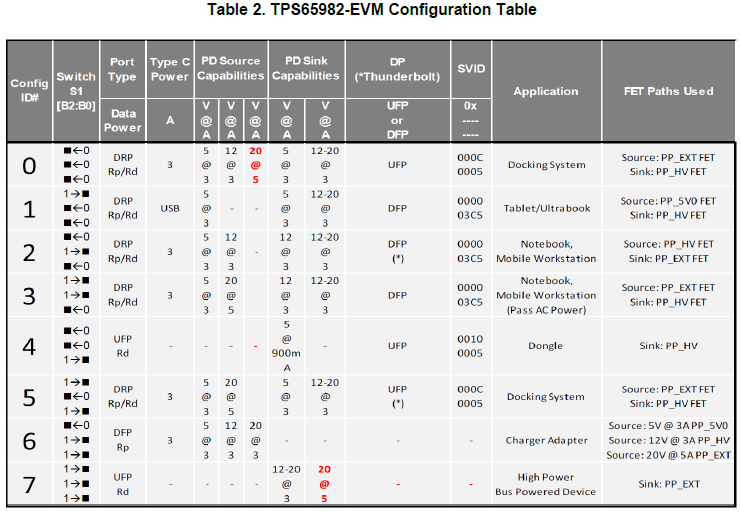Hi Team,
My customer is evaluating two TPS65982 EVMs.
He set ID#6 for provider and ID#7 for consumer, then connect these EVMs with typeC cable.
Is it possible to confirm the function of Power Delivery without connecting D+/D- signals?
(It seems my customer couldn't confirm the PD function under above condition.)
This usage may be not normal case but he would like to achieve it for just test(demo) use.
Best Regards,
Yaita / Japan disty
-
Ask a related question
What is a related question?A related question is a question created from another question. When the related question is created, it will be automatically linked to the original question.

